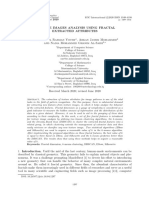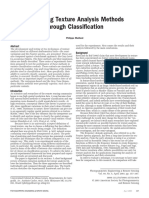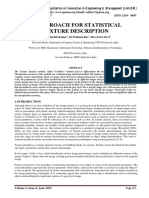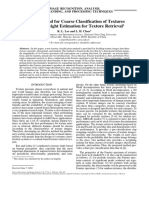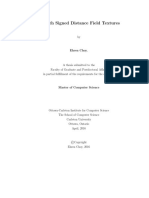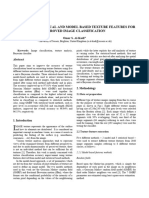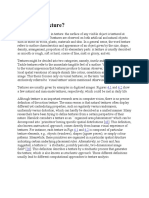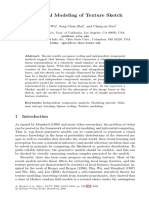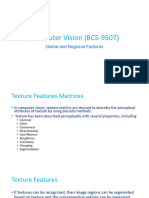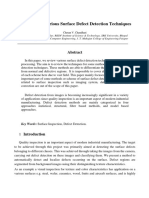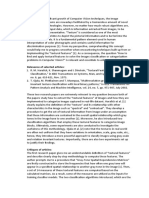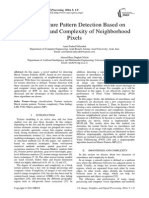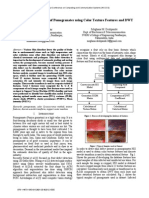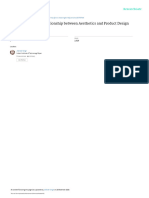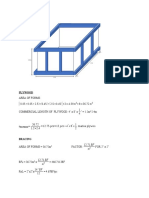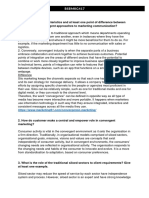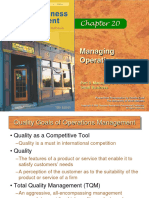0% found this document useful (0 votes)
64 views6 pagesTexture Analysis Using Complex System Models
This document discusses texture analysis methods and proposes new methods based on complex systems. It summarizes existing texture analysis approaches like structural, statistical, spectral, model-based, and agent-based methods. The author's contributions include:
1) Using fractal dimension to characterize textures as irregular fractal surfaces due to their complex geometry.
2) Proposing a swarm-based method where agents move to higher and lower intensity areas in an image, and quantifying the state of the swarm system using fractal dimension.
3) Introducing a method based on non-linear diffusion that describes texture patterns as a diffusion process on irregular surfaces.
Uploaded by
jasimCopyright
© © All Rights Reserved
We take content rights seriously. If you suspect this is your content, claim it here.
Available Formats
Download as PDF, TXT or read online on Scribd
0% found this document useful (0 votes)
64 views6 pagesTexture Analysis Using Complex System Models
This document discusses texture analysis methods and proposes new methods based on complex systems. It summarizes existing texture analysis approaches like structural, statistical, spectral, model-based, and agent-based methods. The author's contributions include:
1) Using fractal dimension to characterize textures as irregular fractal surfaces due to their complex geometry.
2) Proposing a swarm-based method where agents move to higher and lower intensity areas in an image, and quantifying the state of the swarm system using fractal dimension.
3) Introducing a method based on non-linear diffusion that describes texture patterns as a diffusion process on irregular surfaces.
Uploaded by
jasimCopyright
© © All Rights Reserved
We take content rights seriously. If you suspect this is your content, claim it here.
Available Formats
Download as PDF, TXT or read online on Scribd
/ 6

